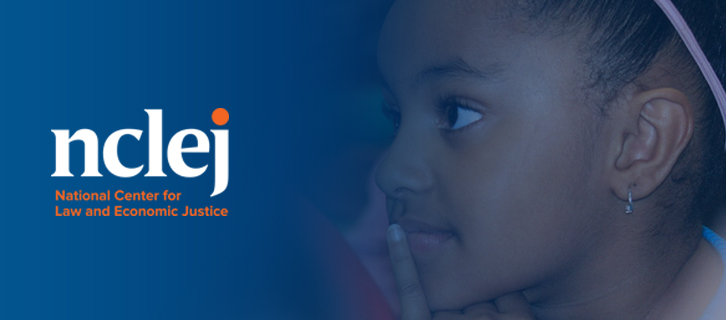What You Need to Know About TANF at 25
NCLEJ’s tagline is: People should thrive, not just survive. We spend a lot time, in and out of court, advocating for people to access viable and dignified safety nets, regardless of where they live.
The truth is: There continues to be reticence about the value of a robust social safety net in this country— and whether people living in poverty should actually have the economic security to leave a domestic violence situation, leave a job that threatens their well-being, or get their families out of extreme hardship.
TANF turned 25 on August 22, 2021. Here are five things you need to know:
(1) Other anti-poverty programs help reduce hardship, but TANF can be used to provide monthly direct cash assistance.
This means that parents can decide for themselves what their households need the most, including purchasing essential needs like school supplies, sanitizer, or diapers.
2) TANF is funded via a federal block grant that is fixed in dollar terms and gives states nearly full control over how they can spend it.
With states setting up their own TANF-funded programs, families who meet the eligibility requirements do not have equal access to the funds because the work and behavioral requirements and eligibility policies vary from state to state. For many families, direct cash assistance is completely out of reach.
(3) Let’s take a moment to talk about access.
#TANFat25 is not a celebration. It’s a reckoning, beginning with acknowledging that Black children are likelier to live in states with the lowest TANF benefit levels. For TANF to make a real dent in ending poverty, it needs to be available to those hardest-hit by poverty.
(4) Conditioning benefits on participation in mandatory work programs is one of TANF’s most racially driven policies.
This provision started with enslavement and continued with coerced labor practices. Federal policymakers should eliminate the federal requirements that states impose sanctions and mandate participation in work activities.
(5) The bottom line: To talk about TANF is to talk about race.
States with a higher concentration of Black residents have less generous and more punitive TANF policies and spend less of their block grant dollars on providing cash assistance, research shows.
The call to action is clear: We need federal and state policymakers to do more to ensure that low-income families have meaningful safety nets to stabilize them in and out of crisis.







